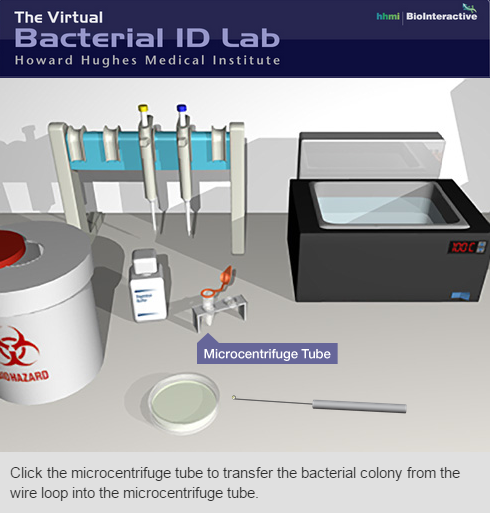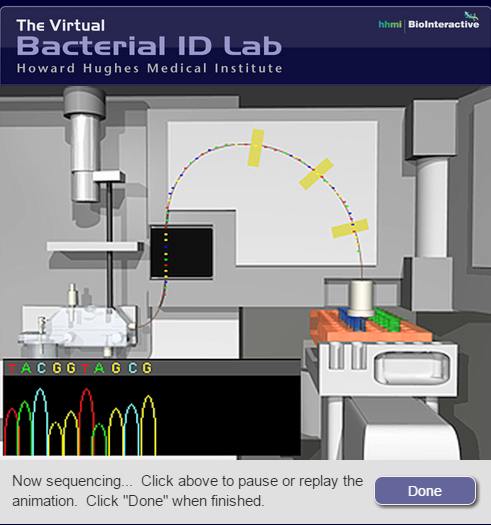While this post is not going to tell you whether or not to believe evolutionary theory and the ideas and concepts surrounding it, it will hopefully give you a deeper understanding of what evolution is, as well as the evidence and theories that have led to its current understanding. We will discuss how new species come to be as well as how species can adapt over time. We will discuss contributors of evolutionary theory, including some that have been previously mentioned on this blog. Basically, we are going to briefly an thoroughly describe all of the factors that play into evolution.
As we have already discussed in "Did Darwin Do It All?" there were multiple scholars that contributed to evolutionary theory, many of which also fueled Charles Darwin's research in the Galapagos Islands. These contributors are detailed below with a summary of their most notable work relative to evolutionary theory.
Erasmus Darwin- Proposed that life began from one common ancestor, and that sexual selection led to changes in a species.
Jean-Baptiste Lamarck- Believed that changes in the environment caused species to adapt so that they could continue to successfully interact with the environment. Adaptions occur in lineage over time as unused anatomical features become "useless". He also believed that all species that currently exist are adaptions of previous ancestors, and that no species ever goes "extinct."
Thomas Malthus- Believed that competitiveness would eliminate useless features, ultimately leading to natural selection. Competitiveness would be bred through overpopulation.
Georges Cuvier- Studied fossils to piece together to prove the theory of extinction based on anatomical features. Due to rapid and abrupt changes in the Earth, species would cease to exist as living organisms.
Charles Darwin- Discovered that shorelines go through many changes due to tectonic shifting, as well as how animals will adapt to their surroundings in order to survive.
Another aspect of evolution is the idea of microevolution, or evolution within a single population. While reading through some of the material I have posted about evolution, you might have wondered about some points that I have only briefly mentioned. To help clear up some confusion, I have highlighted some of the main concepts in microevolution below. For even more information, please visit "Microevolution: Changes In Populations".
Mutation- A gene will randomly change, or mutate, to one that is not present in a set of parents but will appear in their offspring. This rarely happens and will not alter a large percentage of one generation in a population.
Genetic Drift- A seemingly recessive gene will randomly become dominant in the offspring.
Migration- Organisms from different populations will reproduce, integrating their gene pools.
It is important to note that while microevolution concentrates on evolution in a specific population, macroevolution focuses on evolution on a much lager scale with multiple populations.
Another interesting measure of comparison in evolution is comparing through homologous structures and analogous structures. Both are detailed below.
Homologous- Similarities in anatomical structure are derived from common ancestors.
Analogous- Similarities in anatomical structure are derived from common function, not ancestry.
Now that we are familiar with some of the terms and history of evolutionary theory, it is time to talk about the evidence that has brought us to our current understanding of evolution.
Biochemistry/DNA- As we learned in "DNA Sequence Comparisons", even species that you would believe vary by extreme amounts have very similar DNA, by more than 50%. This proves that event though species do not seem to be related, there is evidence suggesting that they are at least slightly related. The most compelling case that I have found in which DNA sequence comparison supports evolution is the similarities between humans and chimps. Their genetic code is 99% similar, suggesting that, almost beyond a doubt, humans and chimps have adapted from one common ancestor.
Embryology- As you can probably deduce based on the root of the word, embryology focuses on embryos. Evolutionary embryology shows that embryos follow a common developmental pattern based on their ancestry. Embryos that follow similar patterns share a common ancestor. As the embryos grow, differences that distinguish them as adults become more apparent.
Fossil Record- Fossil records show us what traits many organisms once carried, and how they relate to species present today. As fossils are preserved in the layers of the Earth, we are able to construct a timeline of how species adapted over time to become what we know today. We can see natural selection frozen in time, as certain traits died off.
Comparative Anatomy- Comparative Anatomy evaluates the similarities of physical structure between two ore more species to determine their relativity to one another. The higher percentage of similarities that a set of species have, the higher the possibility that the animals share a common ancestor.
As you can see, evolution is a highly debatable topic, however, there is a large amount of evidence supporting evolutionary theory. It is very difficult for me to take a dedicated stance on the issue, as I see both pros and cons to the topic. I very strongly believe that organisms are constantly adapting and changing, and that the organisms we see today are variations of organisms that have existed in the past. This is clearly shown through DNA comparisons, as many species have extremely similar genetic codes, so much so that it is difficult to reasonably deny the possibility of a common ancestor. There are also reasonable theories that explain patterns that can be seen through fossil records and behavioral patterns alike that would support evolution. However, I do not believe that all species can be traced back to one common ancestor, such as the ever popular "single-celled organism" theory suggests. There is too much variation for this to be correct, in my opinion with the knowledge I currently possess. Regardless of my opinions, this was an extremely intriguing topic to research, and I hope that you enjoyed it as much as I did.
To conclude (and because I couldn't resist):






















